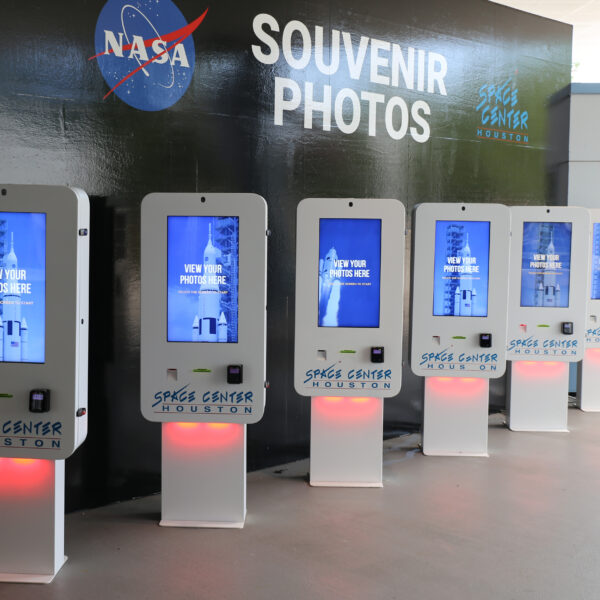
Kiosks
Close
Kiosk Industries


Setting the budget for a store display project should be checked off early in the planning process. But knowing what factors go into pricing can help brands anticipate retail display program costs as well as take advantage of potential savings.
Designing and deploying retail displays involves many stages, all of which contribute to the final price. Below are costs that go into producing a store display program.
Research, Development, and Design
This phase involves conceptualizing and designing the display program, often considering market trends, consumer preferences, competitor’s offerings, and of course, the client’s requirements. Through this process, multiple designs may be drawn and revised to align with the brand’s vision.
Engineering
Engineering pertains to the technical aspects of the display program, ensuring the design can be effectively translated into a functional product. This involves evaluating things like structural integrity, material selection, manufacturing processes, and whether desired features can be incorporated into the final version.
Prototypes
Prototyping is fabricating a preliminary version of the retail display. Costs for this stage include sourcing materials to assemble the prototype as well as the labor involved. During this phase, several iterations might be necessary to refine the design, test functionality, and guarantee the prototype meets the required standards before presenting to the client.
Production
During production, costs from materials, labor, and assembly are rolled into the program’s final price tag.
Safety Certification
Sometimes UL testing or other safety tests are required to adhere to industry regulations. These certifications add their own expenses to the program.
Packaging
Good packaging is essential to protecting display units during transit and storage. Costs include packaging materials like cartons, pallets, crates, boxes, and more.
Freight Costs
Freight costs cover the transportation of the finished displays to distribution centers, retail sites, or to the client. These costs can vary based on distance, mode of transportation, and shipping volume.
Warehousing
If the retail displays aren’t immediately distributed, brands will also need to budget for warehousing costs. This involves renting storage space until they’re ready for shipment.
It’s worthwhile to note that costs in each of these categories is interconnected and can vary significantly based on factors like the complexity of the design, quantity of units produced, scope of distribution, and other influences. Effective optimization of these expenses can ensure the retail display program costs stay within budget.
A reputable retail display manufacturer will offer suggestions where clients can cut back on costs during the process.
Below is a short list of examples.
While not exhaustive, this list highlights a variety of ways brands can stretch their display budget dollars.
In the end, understanding the different costs involved in creating a retail display program is key to budgeting wisely. By carefully evaluating each step, from planning to shipping, brands can spot ways to save money while still creating eye-catching displays that connect with customers.